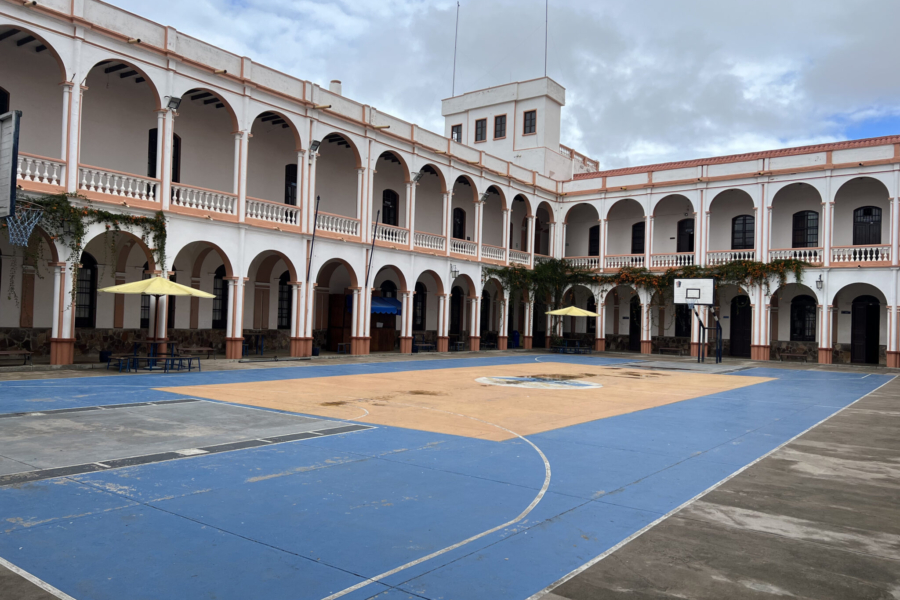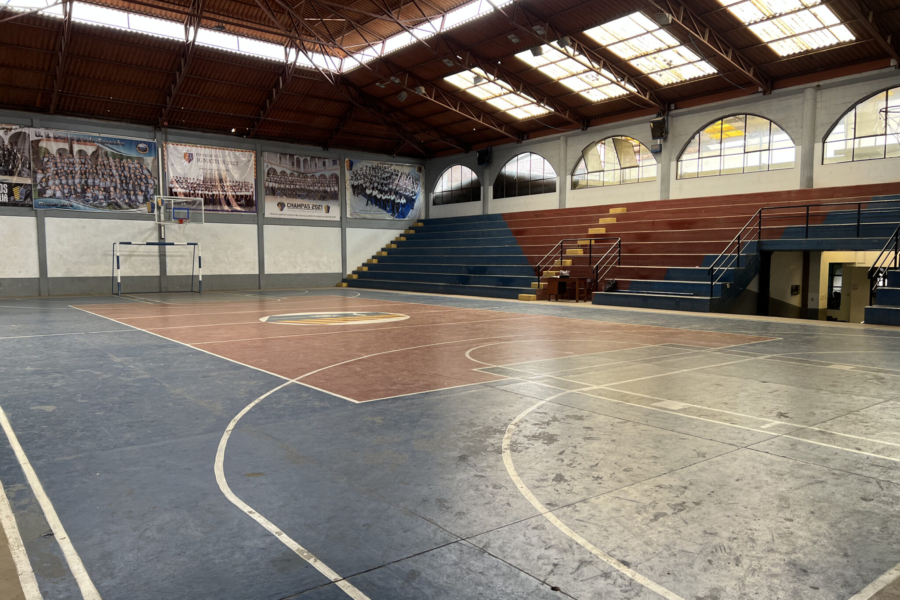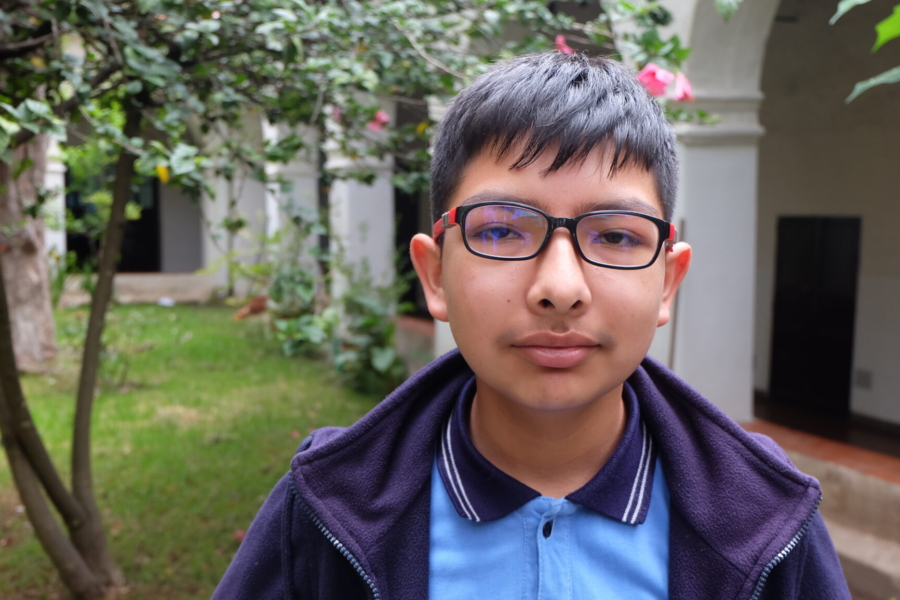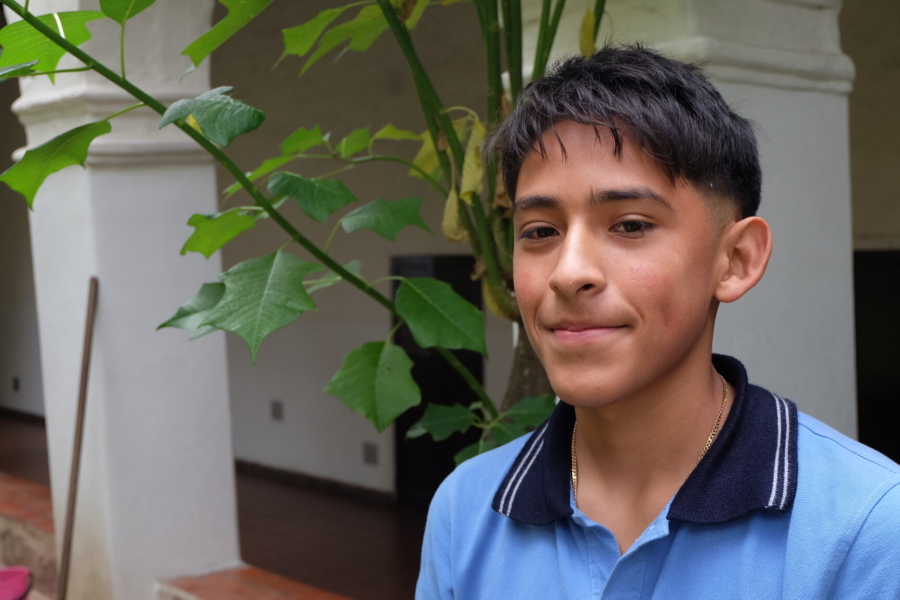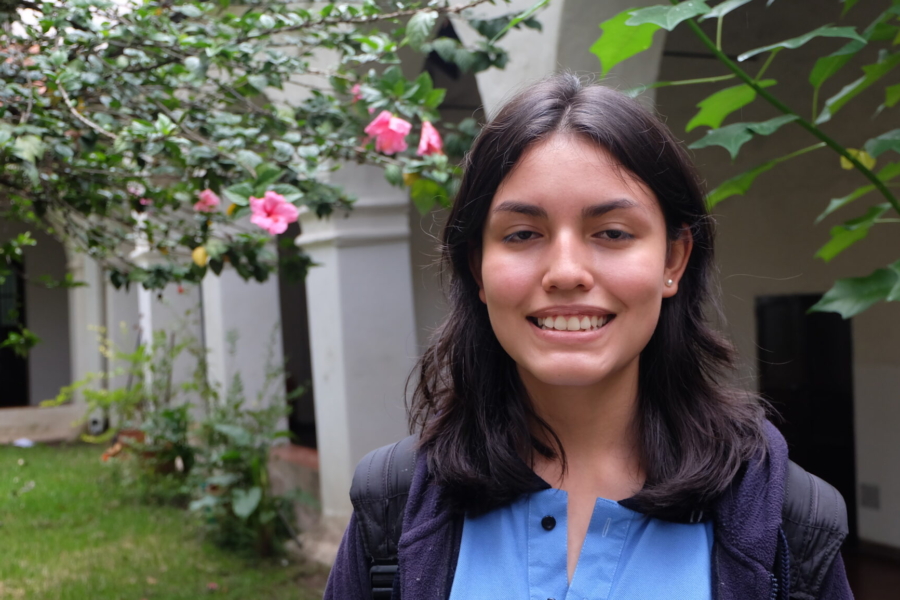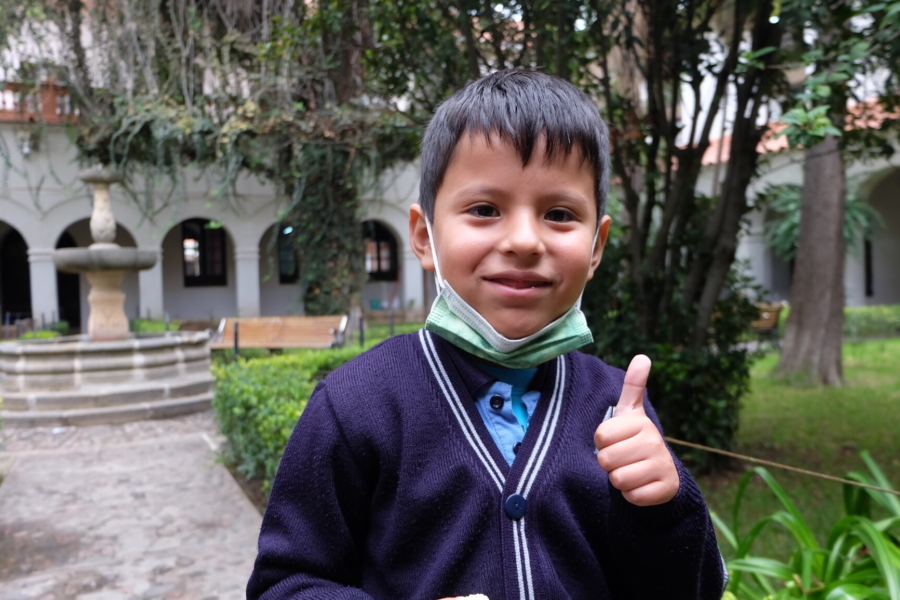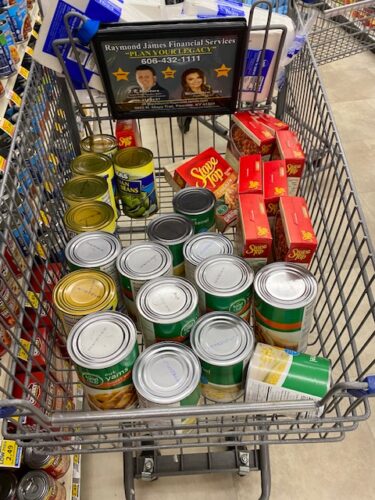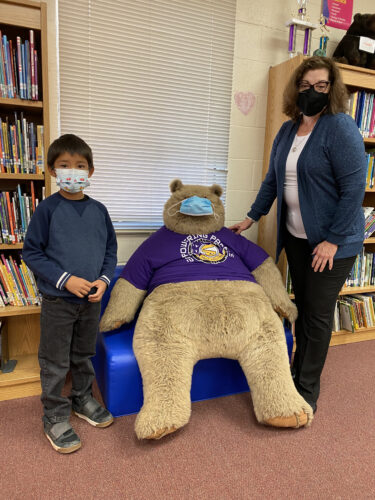We love receiving letters from our volunteer coordinators because they offer such amazing insight into how our sponsors are helping children in need around the world. Today, we share a letter from Jessica at Piney Creek Elementary School about how she is able to help her students, all thanks to our supporters.
“Without Children Incorporated, our students face low confidence, shame, and embarrassment from not having the items that they need.”
Jessica’s Letter
“The 2022-2023 school year has been a grateful return to normal after the uncertainties and changes presented by the global pandemic. We have seen tremendous growth and success in our students as they settle back into a routine. Piney Creek School strives to provide fun and engaging learning experiences for our students to cultivate a passion for continued learning and to give students an opportunity to be empowered, successful, and self-directed learners. The funds provided by Children Incorporated assist us in helping students to reach their fullest potential so that they are successful in high school, college and beyond.”
“This year, Piney Creek School has served 39 students through Children Incorporated. While this is a decrease since last year, our small school and community continues to grow and prosper as we focus on providing our students and their families’ needs. The total of 39 breaks down further to 18 males and 21 females. Several of our Children Incorporated students come from single parent homes, are raised by grandparents, or are in foster care. We are excited to share that this school year, Children Incorporated has allowed these 39 students to receive book fair books, school pictures, food, clothing, hygiene items, and so much more!”
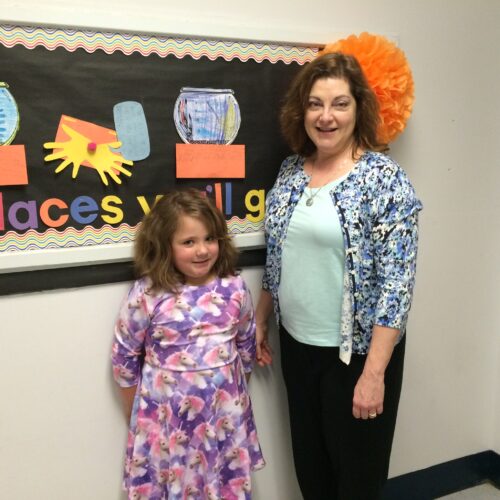
Our Director of U.S. Programs, Renée Kube, is pictured with one of our sponsored children at Piney Creek Elementary School.
“Piney Creek School is proud to recognize students for their academic achievements throughout the school year through BETA club for seventh and eighth grade students. This year, the BETA Club induction included new Children Incorporated student Suzanne*, who is a phenomenal student and a great addition to our small school. Our BETA coordinator also submitted poems written by several of our Children Incorporated students to a national contest, and their poems were selected to be published. Two other Children Incorporated students, Sarah and Becka*, were also part of the Battle of the Books team that won the Battle of Books competition, reclaiming the trophy this year.”
“Middle school students at Piney Creek look forward to learning about our environment and ecosystem each year. Through Piney Creek Schools’ science classes, the Soil and Water Conservation District provided students with the opportunity to compete at the county level through essays, posters, and speeches to display their knowledge and understanding of our environment compared to other schools in the area. Students are judged at the school level and then move on to the county level to compete against other schools in the same district before moving on to regionals. Children Incorporated student Sarah placed 3rd in the local Soil and Water Conservation contest this year. She was also a Patriot’s Pen Essay Winner for her essay entitled ‘How are you inspired by America?’.”
“The staff, students, and community here at Piney Creek School are truly grateful for Children Incorporated and the numerous opportunities provided each year.”
“While we are so proud of our Children Incorporated students at Piney Creek School for their academic accomplishments, we are also tremendously touched by the opportunities that some of our students received through the Children Incorporated program. This year we have also added a new program at Piney Creek School titled ‘PCS Care Kits.’ Every month, we send home an order form with our Children Incorporated students that lists various hygienic supplies the students may need. Upon their return, we pack bags with essentials like hairbrushes, toothpaste, feminine products, shampoo and much more based on their selections. The first month of the program, we packed 31 bags to send home with students.”
“Without the funds provided by Children Incorporated and their sponsors, our small school would not have the means to bestow these resources to our Children Incorporated families. The mother of Children Incorporated students Whitney and Layla* expressed to me how much receiving the hygienic products each month means to her family. We are able to spread a sense of hope, comfort and confidence through the program. None of this could be accomplished without the donations of Children Incorporated sponsors.”
“Without Children Incorporated, our students face low confidence, shame, and embarrassment from not having the items that they need. Some children would be unable to wear clean, new, and well-fitting clothes to school, have a new book bag packed with supplies to start the year, lack proper hygiene, and even be without food or snacks. The staff, students, and community here at Piney Creek School are truly grateful for Children Incorporated and the numerous opportunities provided each year.”
Sincerely,
Jessica
*Names have been changed to protect the children.
***
HOW DO I SPONSOR A CHILD WITH CHILDREN INCORPORATED?
You can sponsor a child with Children Incorporated in one of three ways: call our office at 1-800-538-5381 and speak with one of our staff members; email us at sponsorship@children-inc.org; or go online to our donation portal, create an account, and search for a child that is available for sponsorship.

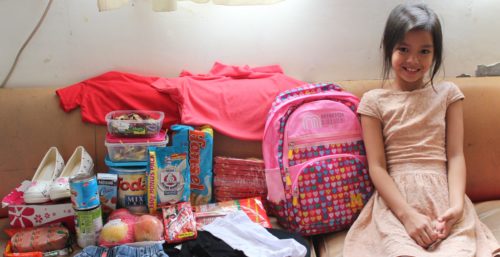 Typically, sponsorship lasts until a child turns eighteen years old, graduates from high school, or moves out of our service area. Due to the transient state of many families and the difficult circumstances of the regions where they reside, we cannot predict or guarantee how long a child will remain in our sponsorship program, though every effort is made to provide services to children for as long as possible.
Typically, sponsorship lasts until a child turns eighteen years old, graduates from high school, or moves out of our service area. Due to the transient state of many families and the difficult circumstances of the regions where they reside, we cannot predict or guarantee how long a child will remain in our sponsorship program, though every effort is made to provide services to children for as long as possible.